The concept of the future has always captivated our imagination—flying cars, robot assistants, and buildings that touch the clouds. While many futuristic visions remain confined to science fiction, some places around the world have already embraced tomorrow’s innovations in the present. These locations showcase cutting-edge technology, revolutionary urban planning, and forward-thinking social systems that make visitors feel as if they’ve stepped through a time portal.
Here is a list of 20 remarkable places where the future isn’t just a concept but a present reality, offering glimpses into what might become commonplace in cities worldwide in the coming decades.
Songdo International Business District, South Korea
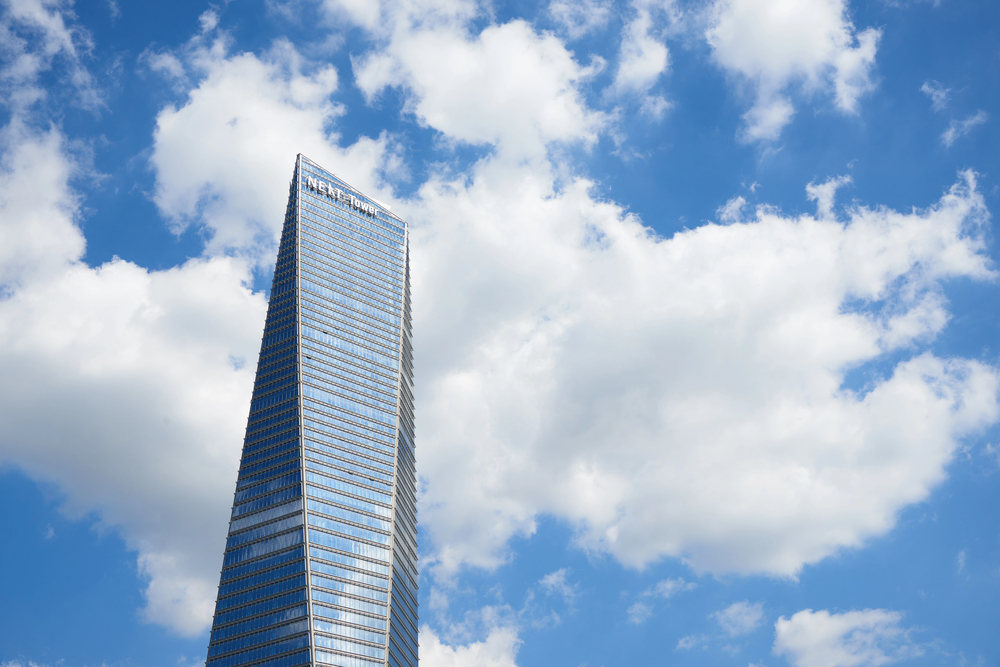
Just 30 miles from Seoul, Songdo was built from scratch on reclaimed land with sustainability and technology embedded in its DNA. The city uses pneumatic tubes to whisk trash directly from homes to processing centers, eliminating the need for garbage trucks.
Its buildings incorporate advanced water recycling systems and solar panels, while residents control their home environments through integrated smart systems that adjust lighting, temperature, and security with simple voice commands.
Masdar City, Abu Dhabi
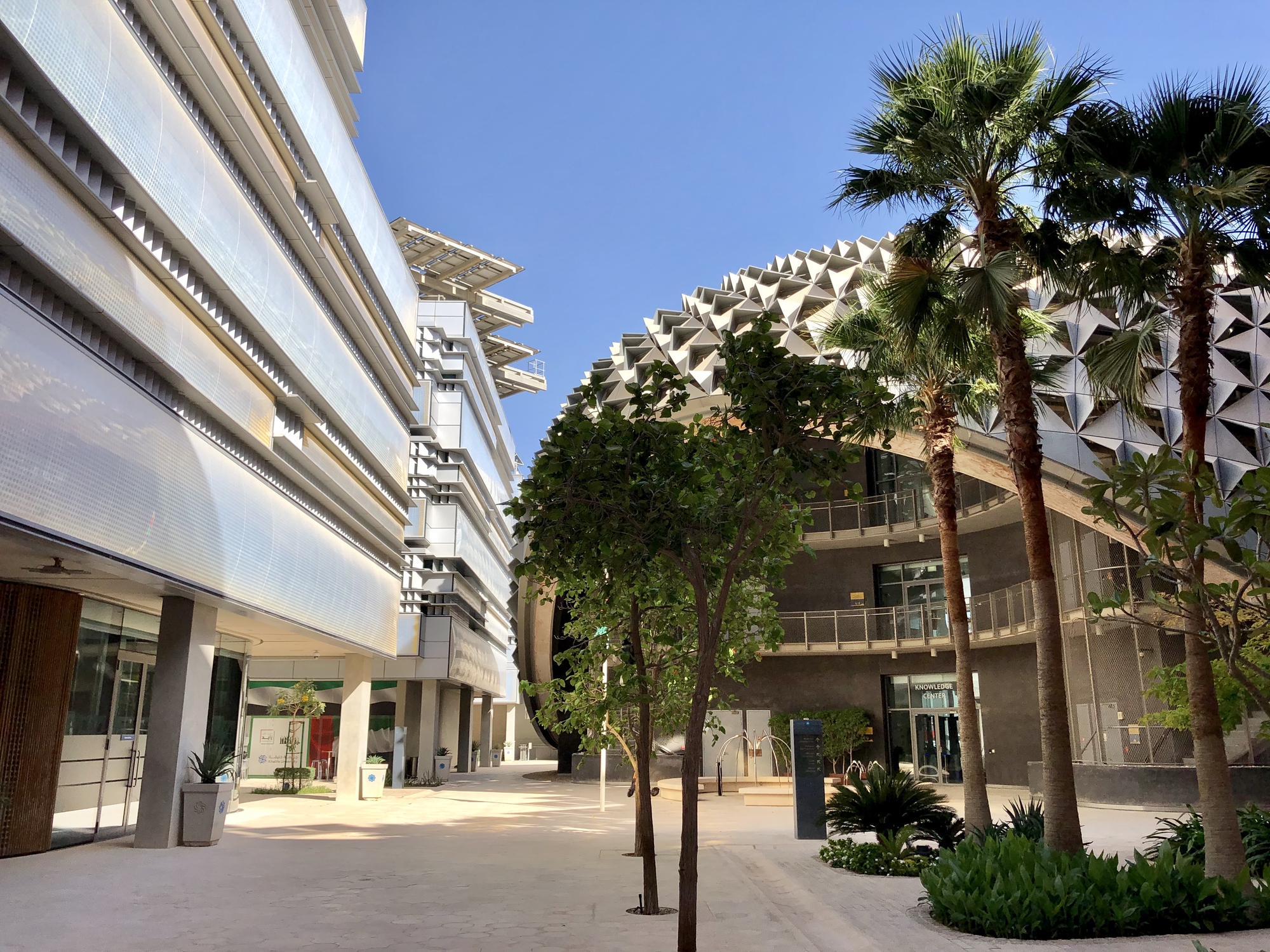
Rising from the desert sands, Masdar City stands as one of the world’s most ambitious sustainable urban developments. The city runs almost entirely on renewable energy and features a remarkable passive cooling system inspired by ancient Arabic architecture.
Personal rapid transit pods—small, driverless electric vehicles—navigate beneath the city’s elevated pedestrian level. This creates a transportation system that’s both futuristic and practical for desert living.
Like Travel Pug’s content? Follow us on MSN.
The Edge, Amsterdam
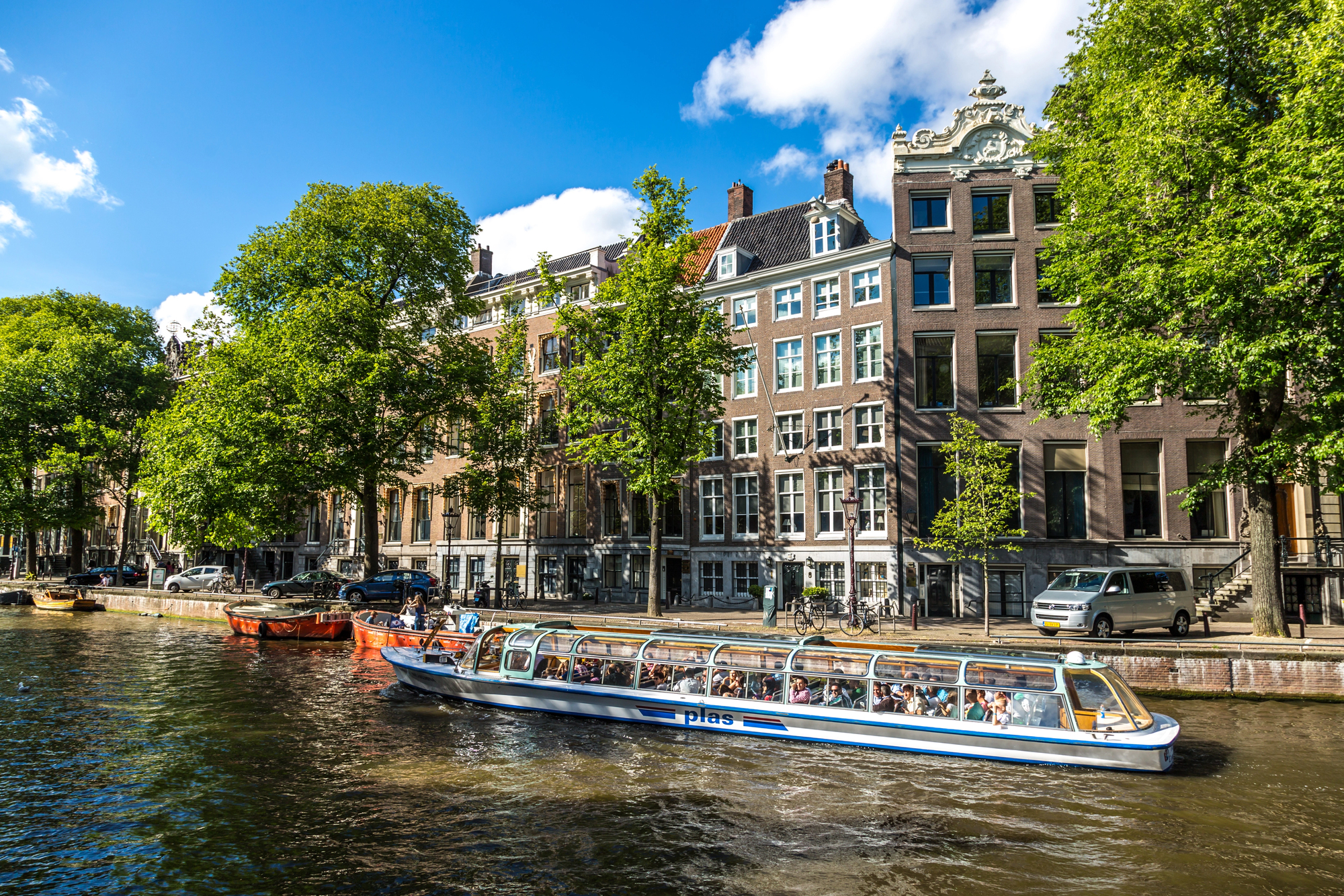
Often called the smartest building in the world, The Edge in Amsterdam represents workplace evolution at its finest. The structure knows its occupants’ preferences, automatically adjusting lighting and temperature as they move throughout the building. Its app-based parking system guides drivers to spaces based on their arrival time.
In contrast, its Ethernet-powered LED lighting system generates so much energy efficiency that the building produces more power than it consumes.
Neo Bankside, London
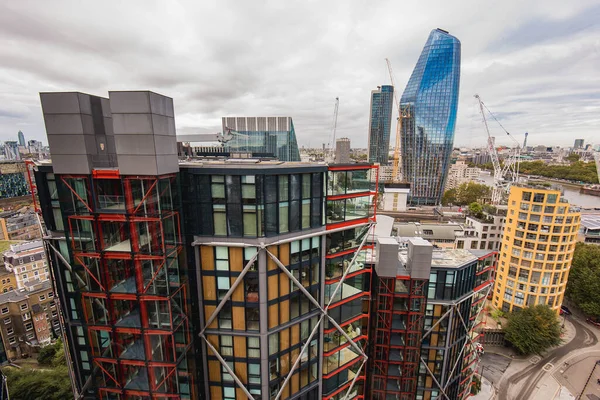
This residential complex reimagines urban living with its inside-out architectural approach. The building’s structural elements and utilities are positioned on the exterior, creating uninterrupted interior spaces with floor-to-ceiling views of the cityscape.
Its advanced ventilated façade adjusts to weather conditions, maintaining optimal internal temperatures while reducing energy consumption by up to 35% compared to conventional residential structures.
Toyota Woven City, Japan
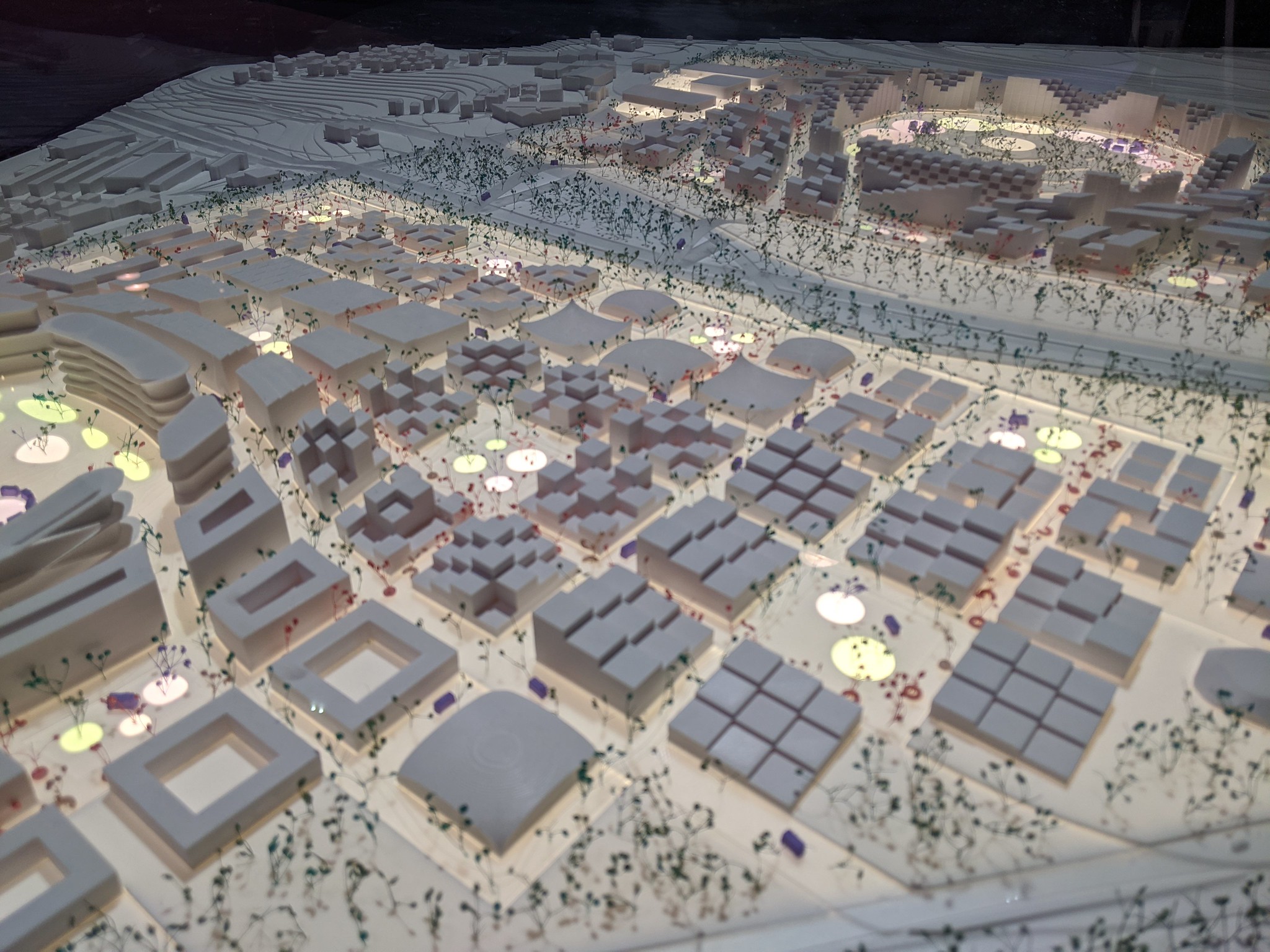
At the base of Mount Fuji, Toyota is constructing a ‘living laboratory’ where future technologies can be tested in real-world environments. This experimental city divides traffic into three types of pathways: one for faster vehicles, one for personal mobility devices, and one for pedestrians only.
Homes feature robot assistants, AI-monitored health systems, and hydroponics for growing food, creating a comprehensive vision of future living that extends beyond transportation.
Like Travel Pug’s content? Follow us on MSN.
Sidewalk Labs, Toronto
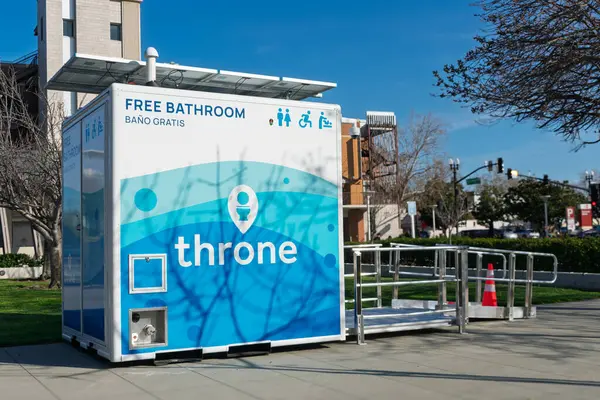
This neighborhood-scale innovation project reimagines urban infrastructure from the ground up. Underground utility channels allow for easy access to pipes and wires without disruptive street excavation. Streets consist of modular pavers that can be quickly reconfigured for different uses throughout the day.
Dynamic curbs adjust their function based on traffic patterns, while building structures use mass timber construction techniques that are more sustainable than conventional materials.
The Line, Saudi Arabia
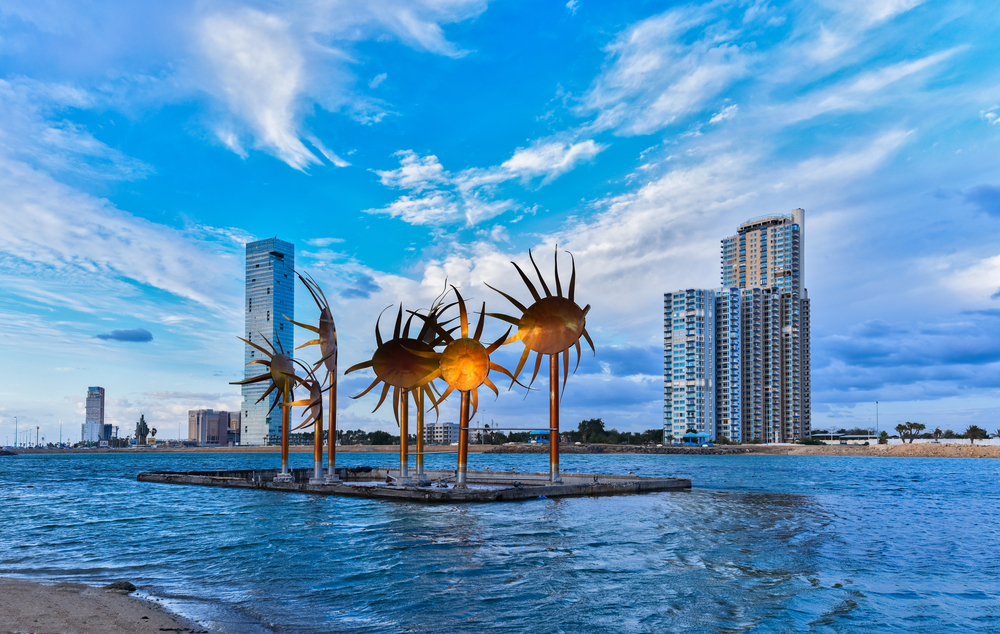
Stretching across the desert for 105 miles, this ambitious linear city eliminates cars and roads by placing everything residents need within a five-minute walk. The revolutionary design stacks communities vertically, with nature and pedestrian areas on the surface level and transportation infrastructure below.
The city promises zero carbon emissions, preserved natural landscapes on 95% of the land, and a high-speed rail system that will transport residents from one end to the other in just 20 minutes.
Neom’s Oxagon, Saudi Arabia
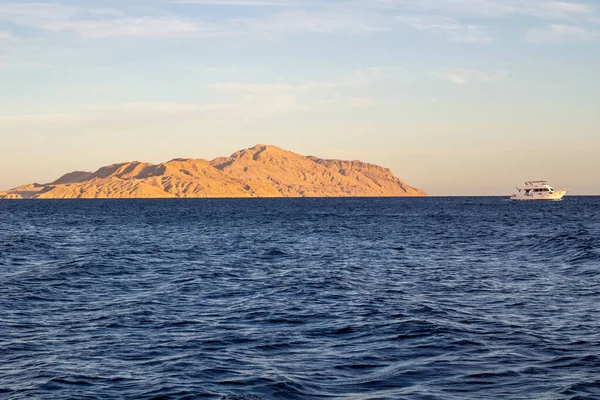
Floating partially on the Red Sea, Oxagon reimagines industrial cities as clean, efficient spaces. This octagon-shaped structure will be the largest floating facility ever built, hosting advanced manufacturing centers powered entirely by clean energy.
Its modular construction allows for rapid expansion, while its integrated supply chain management system uses AI to optimize the movement of materials and products, reducing waste and increasing efficiency.
Like Travel Pug’s content? Follow us on MSN.
Forest City, Malaysia
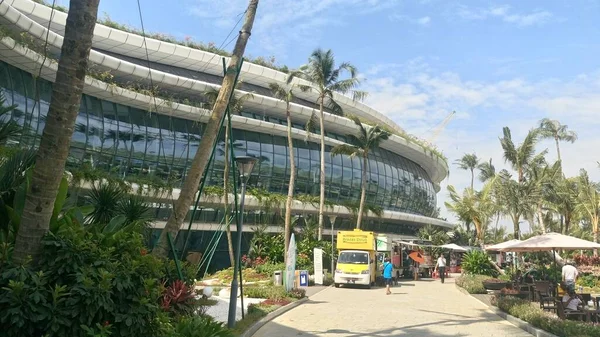
This vertical forest metropolis integrates nature with urban development on an unprecedented scale. Four artificial islands host buildings completely covered with plant life—over 100 species of trees and 400 plant varieties grow directly on the structures.
The city’s transportation system runs entirely underground, leaving the surface for pedestrians and greenery. Specialized water management systems collect rainwater for irrigation while filtering pollutants before they reach the surrounding ocean.
Pena Station Next, Denver

This transit-oriented smart district serves as a living lab for urban innovation just minutes from Denver International Airport. Solar-powered smart streetlights adjust their brightness based on pedestrian presence, while providing free Wi-Fi and environmental monitoring.
The district’s buildings generate and share energy through a microgrid system that can operate independently during power outages, demonstrating how future cities might create resilient neighborhoods immune to larger infrastructure failures.
Pangyo Techno Valley, South Korea
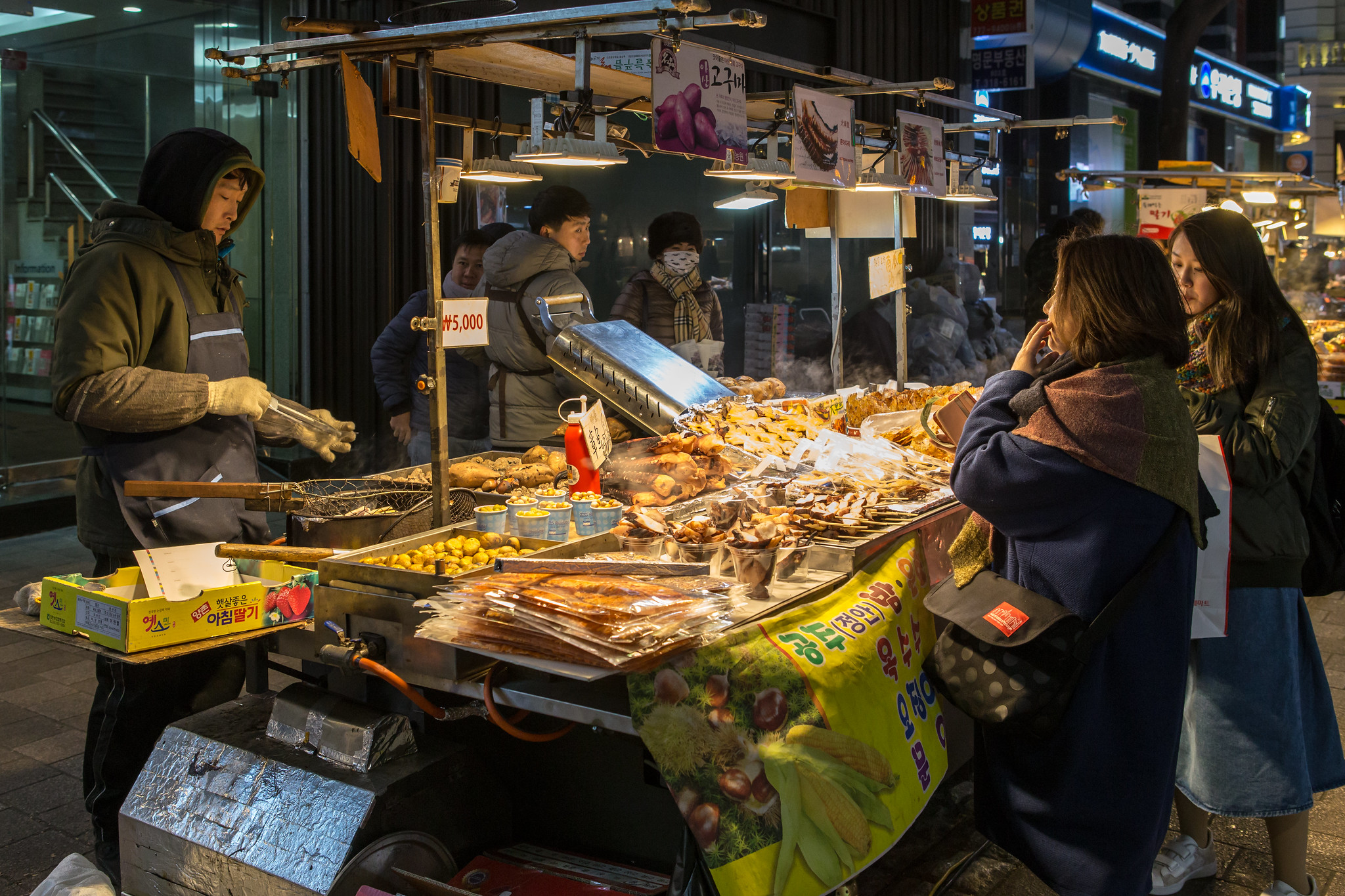
This innovation hub has become South Korea’s answer to Silicon Valley, but with infrastructure designed specifically for developing next-generation technologies. Underground pneumatic waste systems, autonomous shuttle buses, and buildings that communicate with each other through integrated management systems create an environment where technological possibilities can be tested in real time.
The valley’s virtual reality testing spaces allow companies to simulate product use before developing physical prototypes.
Like Travel Pug’s content? Follow us on MSN.
City of Science, Spain’s Tenerife

This architectural marvel combines advanced design with innovative energy systems that harness the island’s natural resources. The complex features a planetary-shaped center that houses interactive exhibits powered by renewable energy sources.
Its wave energy converters capture power from the surrounding Atlantic Ocean. At the same time, building materials respond to temperature changes, contracting to allow airflow during hot periods and expanding to preserve heat when cooler.
Eko Atlantic, Nigeria
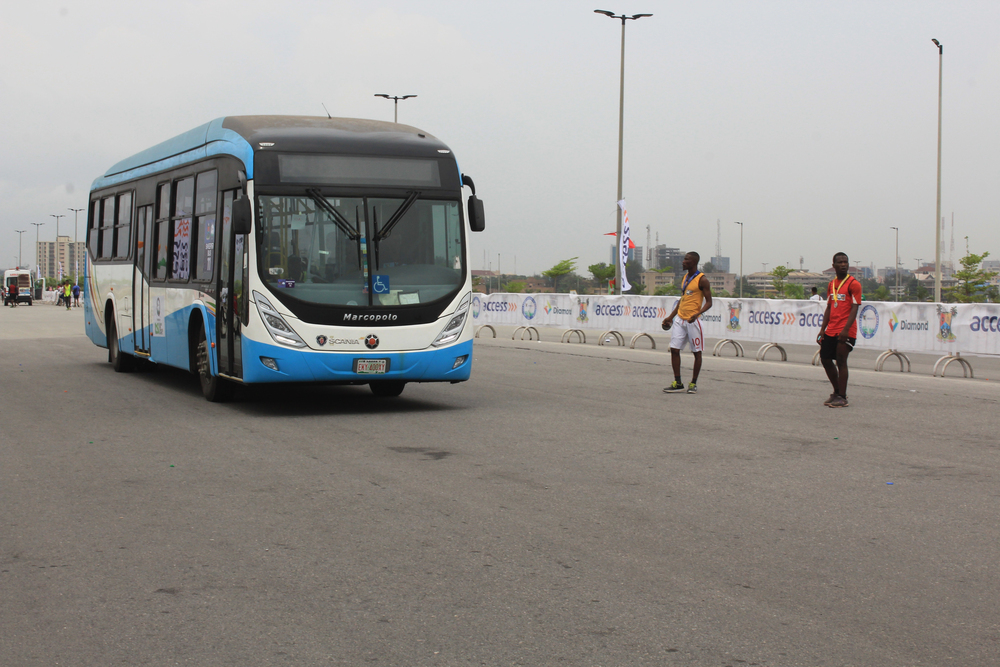
Rising from land reclaimed from the Atlantic Ocean, this city-scale project creates a new financial hub protected by an 8-mile sea wall designed to withstand the effects of climate change. The city’s power grid operates independently from Nigeria’s national system, providing reliable electricity through a combination of natural gas and solar energy.
Its water management system can capture, treat, and recycle 100% of rainfall, making it one of Africa’s most water-efficient urban developments.
Hudson Yards, New York City
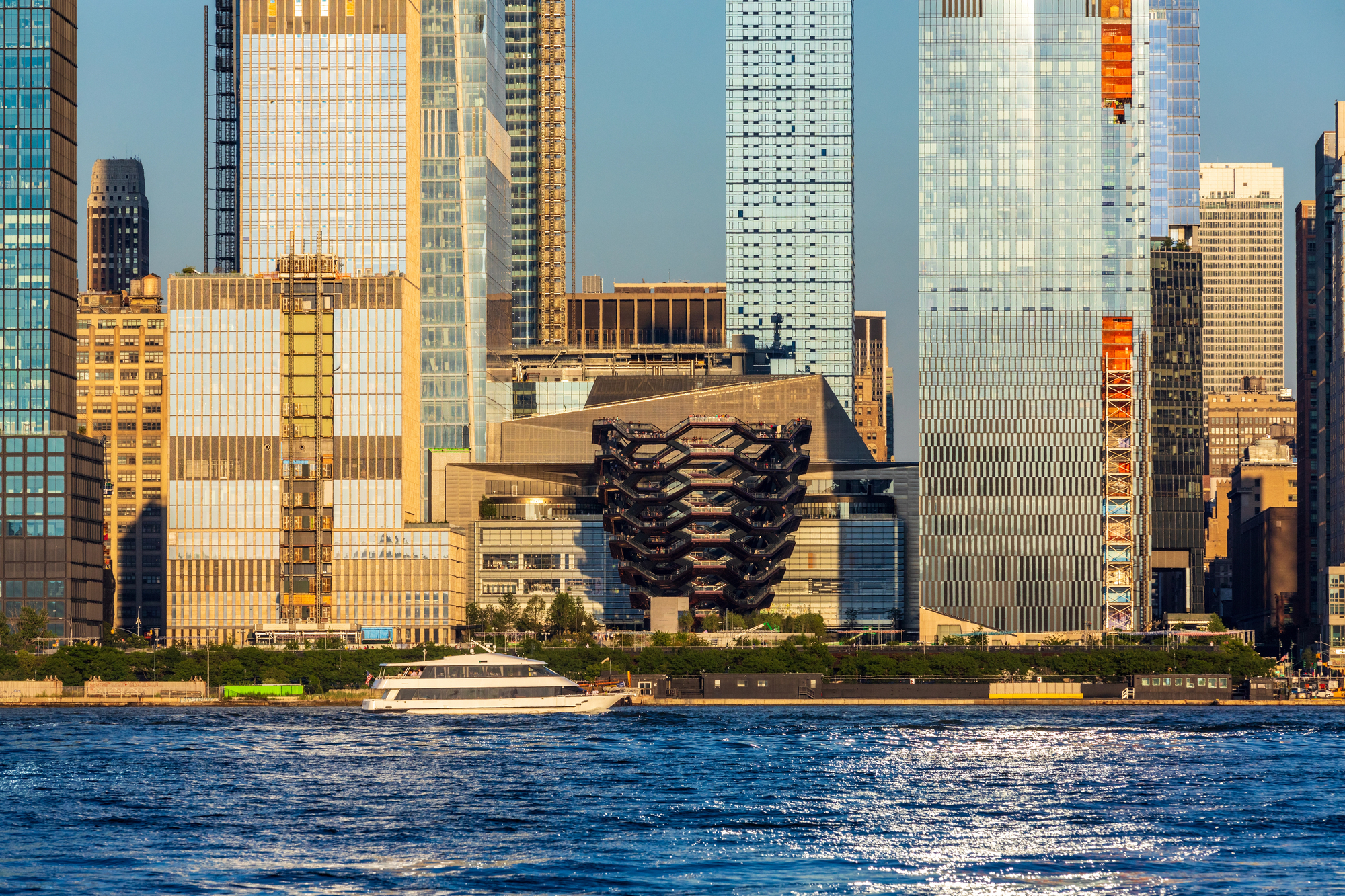
This 28-acre development represents the largest private real estate venture in American history and incorporates technology at every level. The complex harvests rainwater for reuse, while its cogeneration plant produces electricity and uses the excess heat for warming buildings.
Beneath the surface, a pneumatic tube waste system moves trash at 45 miles per hour to a central terminal. At the same time, sensors continuously monitor air quality, traffic patterns, and energy usage throughout the development.
Like Travel Pug’s content? Follow us on MSN.
Space 10, Copenhagen
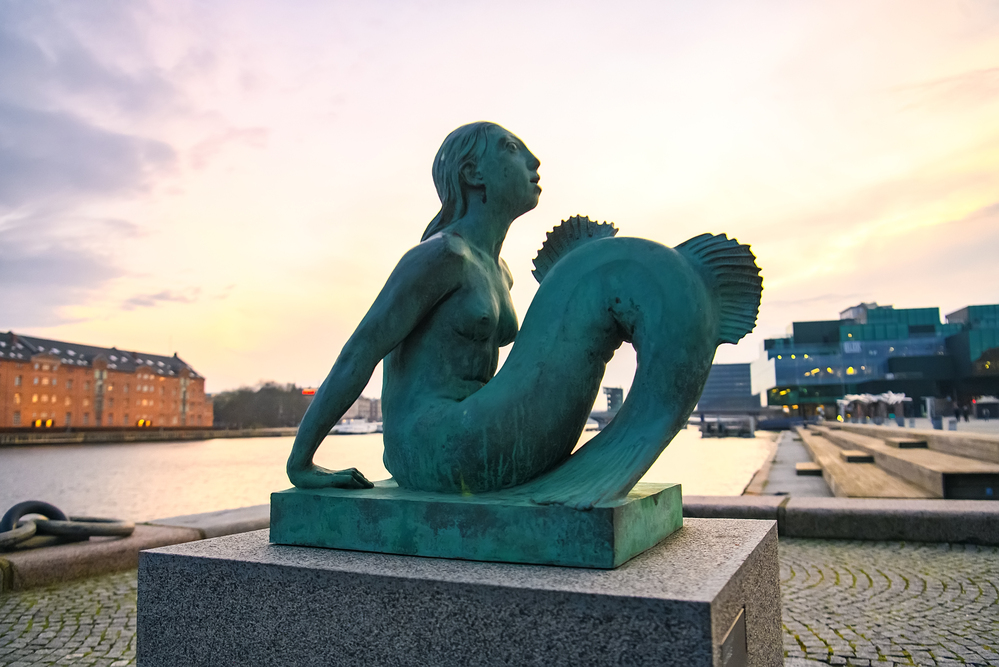
This living research center serves as IKEA’s innovation lab, developing and testing solutions for future homes in real-world settings. The facility features indoor hydroponic farms that grow food using 90% less water than traditional methods, modular furniture systems that adapt to changing living situations, and experimental living spaces that can reconfigure themselves based on residents’ needs.
Its open-source approach means innovations developed here often spread quickly to other forward-thinking communities.
Jurong Lake District, Singapore
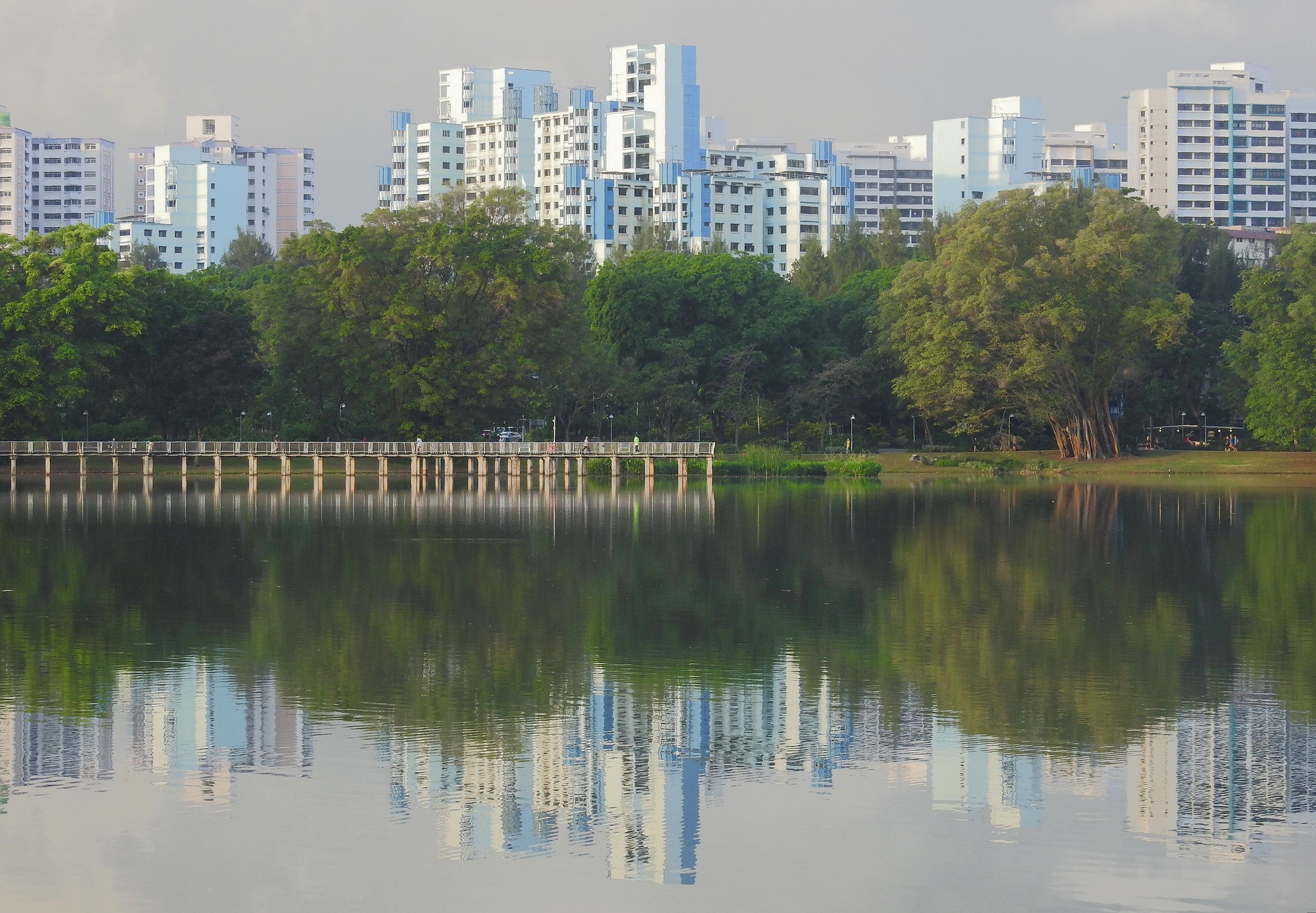
Singapore’s second downtown area incorporates a centralized cooling system that reduces energy consumption by 40% compared to traditional air conditioning. Underground service tunnels consolidate utilities, freeing street-level space for pedestrians and greenery.
The district’s buildings feature façades that generate electricity while automatically adjusting their transparency to optimize natural lighting. This demonstrates how future urban centers might function more efficiently while providing improved living environments.
Belmont Smart City, Arizona
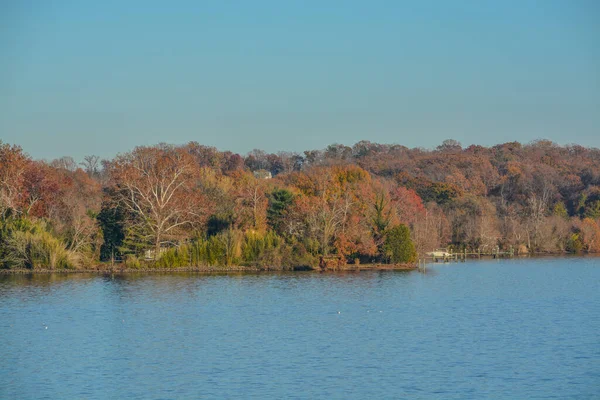
Backed by Bill Gates’ investment group, this planned community west of Phoenix will serve as a blank-slate laboratory for new urban technologies. The city’s infrastructure includes dedicated lanes for autonomous vehicles, high-speed digital networks embedded throughout public spaces, and an innovative water conservation system adapted to desert conditions.
Its modular zoning approach allows neighborhoods to evolve organically based on residents’ needs rather than following rigid pre-planned designations.
Like Travel Pug’s content? Follow us on MSN.
Fujisawa Sustainable Smart Town, Japan

This community, built on the site of a former Panasonic factory, represents a comprehensive approach to future living. Each home generates and stores its energy through solar panels and battery systems, feeding excess electricity into a community grid.
The town’s security system uses a network of cameras with advanced AI that can distinguish between residents and visitors while respecting privacy. Its transportation network prioritizes electric bicycles and small mobility devices over traditional vehicles.
Smart Forest City, Mexico
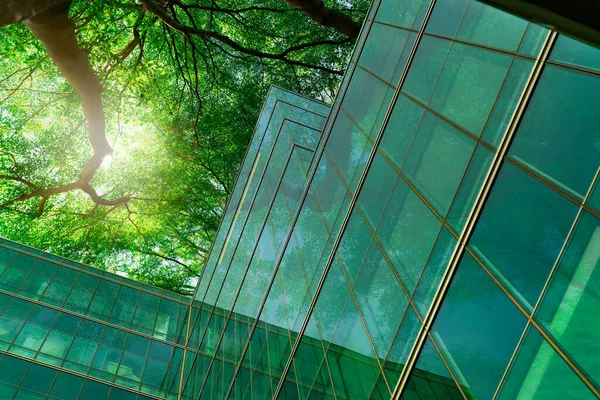
Designed to house 130,000 people, this development features buildings covered with 7.5 million plants that absorb 116,000 tons of carbon dioxide annually. The city collects and filters rainwater through a system of canals inspired by ancient Mayan engineering but enhanced with modern filtering technology.
Sensor-embedded structures monitor environmental conditions and adjust interior environments accordingly, while a circular economy approach ensures that virtually all waste becomes an input for another process.
Nusantara, Indonesia
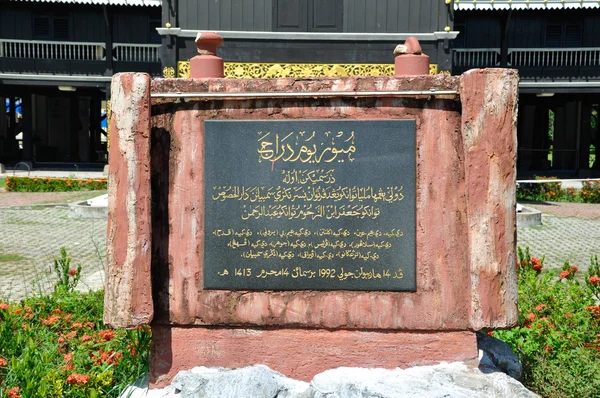
Indonesia’s planned capital city represents one of the world’s most ambitious relocation projects, designed to replace Jakarta with a sustainable, high-tech urban center. The city’s transportation system eliminates fossil fuels, with magnetic levitation trains connecting districts designed around five-minute walking distances.
Its buildings incorporate traditional Indonesian design elements while utilizing modern materials that respond to tropical conditions, demonstrating how future cities might honor cultural heritage while embracing technological advancement.
Like Travel Pug’s content? Follow us on MSN.
Where Tomorrow Meets Today
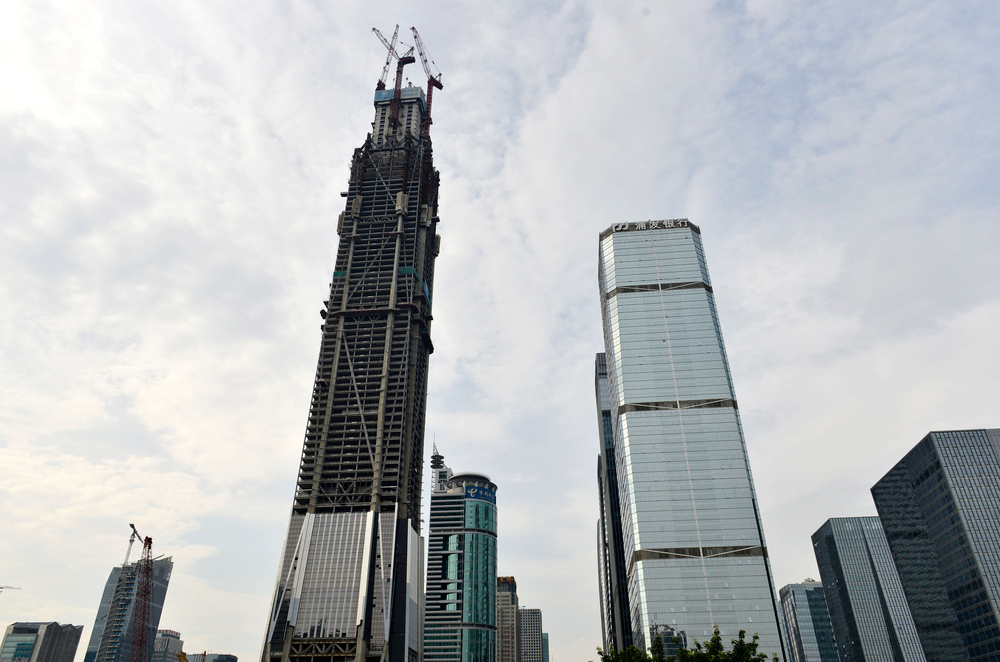
These pioneering places demonstrate that the future isn’t simply a distant concept but a reality already taking shape in locations around the world. While flying cars might still be rare, many other long-predicted innovations—from buildings that generate more energy than they use to waste systems that eliminate trash trucks—have moved from science fiction to practical implementation.
These developments provide valuable insights into which technologies truly enhance human lives and which may remain perpetually ‘futuristic.’ As these innovations prove their value, expect them to appear in more conventional settings, gradually transforming our everyday environments into the future worlds we once only imagined.
More from Travel Pug

- Cities Growing so Fast You Won’t Recognize Them in 10 Years
- 13 Destinations Where Tourists Regularly Regret Their Trip
- 16 U.S. Cities That Are Quietly Becoming Travel Hotspots
- Where to Travel If You Love Long Bus Rides and Daydreams
- 20 Cities Perfect for Solo Travelers Who Crave Adventure & Culture
Like Travel Pug’s content? Follow us on MSN.
